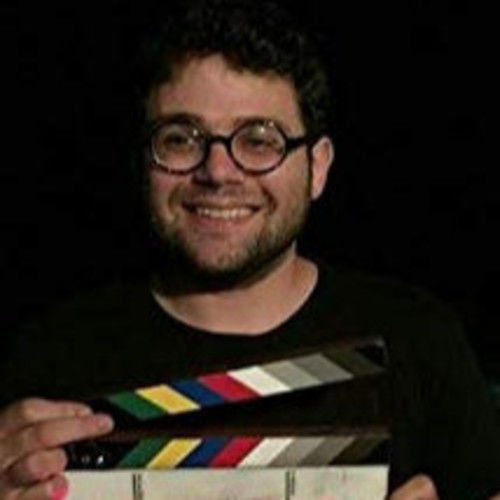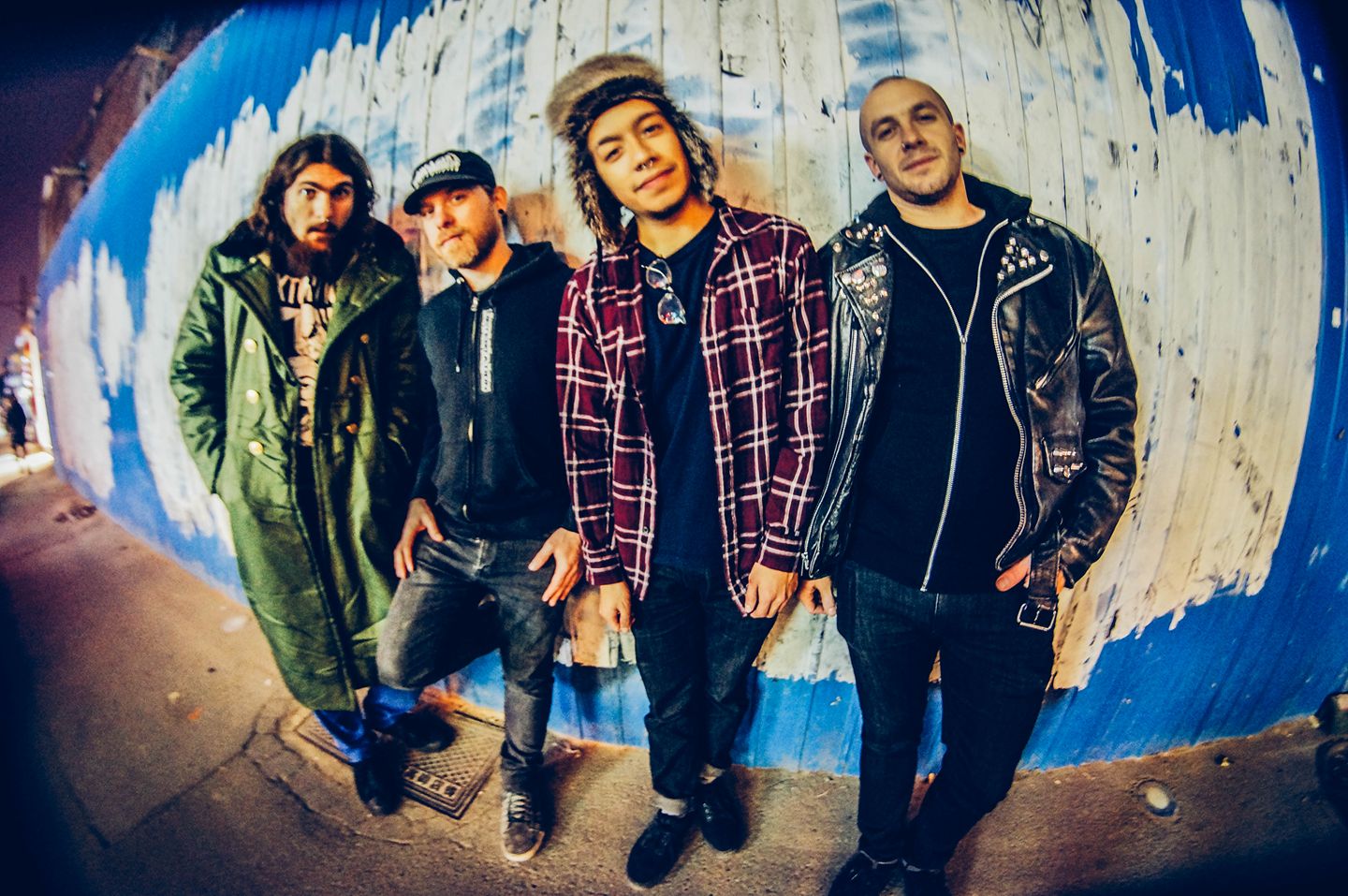


First, it demonstrated to the masses that the party was determined to subdue any opposition (generally labeled “class enemies”), by violence if necessary. The process of struggle sessions served multiple purposes. Struggle sessions were similar to ideological campaigns, but "their focus is on the elimination of the power base and/or class position of enemy classes or groups.".Ideological campaigns sought to change people's thinking and behaviour.Economic campaigns sought to improve conditions, often by increasing production in particular sectors of the economy.Yu identified three categories of mass campaigns employed by the CCP in the years before and after the establishment of the People's Republic of China (PRC): Starting from the " Boluan Fanzheng" period, Deng prohibited struggle sessions and other kinds of Mao-era violent political campaigns. Struggle sessions were disowned in China after 1978, when the reformers led by Deng Xiaoping took power. Later struggle sessions were adapted to use outside the CCP as a means of consolidating its control of areas under its jurisdiction. Cadres then cemented the peasants’ loyalty by inducing them to actively participate in violent acts against landowners. The strongest accusations in the Speak Bitterness sessions were incorporated into scripted and stage-managed public mass accusation meetings ( 控訴 大会, kòngsù dàhuì). That campaign sought to mobilize the masses through intensive propaganda followed by "speak bitterness" sessions ( 訴苦, sùkǔ, "give utterance to grief") in which peasants were encouraged to accuse land owners. Struggle sessions emerged in China as a tactic to secure the allegiance of the Chinese people during the land reform ( 土地改革, tǔdì gǎigé) campaign. However, these sessions became commonplace at Chinese Communist Party (CCP) meetings during the 1930s due to public popularity. Chinese communists resisted this at first, as struggle sessions conflicted with the Chinese concept of ' saving face'. Struggle sessions developed from similar ideas of criticism and self-criticism in the Soviet Union from the 1920s. The term refers to class struggle the session is held, ostensibly, to benefit the target, by eliminating all traces of counterrevolutionary, reactionary thinking.
Struggle session jonathan daniel brown full#
Two leaders of the communist party undergo a public criticism session in Harbin's Provincial People's Stadium, during Red August.Īccording to Lin Yutang, the expression comes from pīpàn ( 批判, 'to criticize and judge') and dòuzhēng ( 鬥爭, 'to fight and contest'), so the whole expression conveys the message of "inciting the spirit of judgment and fighting." Instead of saying the full phrase pīpàn dòuzhēng, it was shortened to pīdòu ( 批鬥). The denunciation of prominent class enemies was often conducted in public squares and marked by large crowds of people who surrounded the kneeling victim, raised their fists, and shouted accusations of misdeeds. These rallies were most popular in the mass campaigns immediately before and after the establishment of the People's Republic of China and during the Cultural Revolution. The aim was to instill a crusading spirit among the crowd to promote the Maoist thought reform. Staging, scripts and agitators were prearranged by the Maoists to incite crowd support. Usually conducted at the workplace, classrooms and auditoriums, "students were pitted against their teachers, friends and spouses were pressured to betray one another, children were manipulated into exposing their parents". Struggle sessions or denunciation rallies were violent public spectacles in Maoist China where people accused of being " class enemies" were publicly humiliated, accused, beaten and tortured by people with whom they were close. The 10th Panchen Lama during a struggle session


 0 kommentar(er)
0 kommentar(er)
